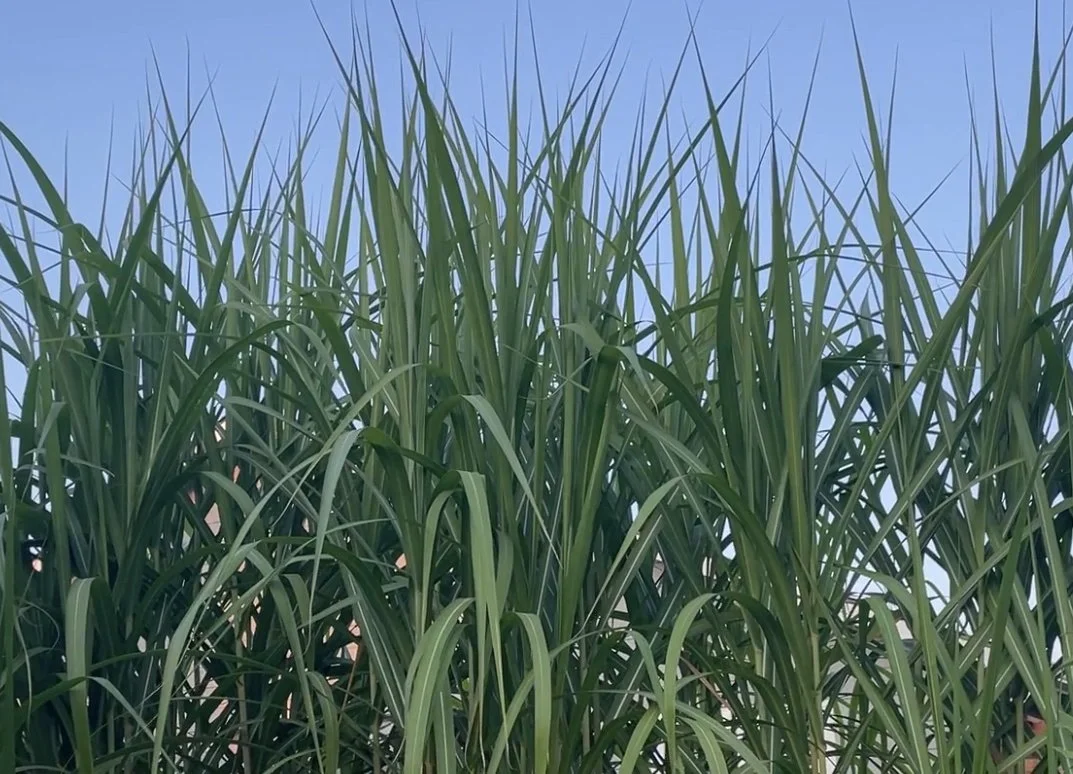Giant Miscanthus, a tall perennial grass, is the sterile cross between two plants just as a mule is the sterile result of a cross between a horse and a donkey.
Like a mule, Giant Miscanthus is being touted as a plant capable of carrying a heavy load in cellulosic ethanol production. University of Illinois researchers have gathered extensive crop and harvest data on Giant Miscanthus at northern, central and southern Illinois test sites and have released the following findings:
Planting Pointers
Large plantings of Giant Miscanthus are typically established using rhizomes. Rhizomes should be planted about 4 inches deep into a fine seedbed in the spring as soon as soils are workable. A spacing of 3 feet between rows and between plants (about 4,850 rhizomes per acre) is optimal. Not all rhizomes will sprout. Field skips will require replanting in years two or three.
Nitrogen Requirements
Giant Miscanthus is remarkably efficient at capturing and retaining nitrogen. In European trials, nitrogen fertilization has had no significant effect on yield. Anecdotally, an ornamental planting in central Illinois has grown 18 years without being fertilized and continues to reach 12 to 14 feet tall and produce numerous stems.
Water Requirements
Normal summer rains and humidity in Illinois, along with the state’s moisture-retentive soils, are adequate to produce high yields. Yield usually increases as more water is available to the crop, but Giant Miscanthus will not withstand continuously waterlogged soil.
Weed/Insect Control
Weeds must be controlled during the planting season to ensure a successful planting. However, to date there have been no biomass losses due to insects or diseases.
Growing Season
The Giant Miscanthus growing season in central Illinois begins in late April and is completed as the plants go dormant after the first killing frost, usually in October. In central Illinois, established plants typically reach more than 6 feet tall by the end of May and greater than 12 feet at the end of each growing season. Established plantings develop about five to 10 shoots per square foot.
Equipment
No commercially available mechanical planters or harvesters are currently designed to work specifically with Giant Miscanthus rhizomes. In Europe, however, producers have successfully modified potato planters and harvesters for Giant Miscanthus. In addition, a British company has developed a mechanical planter for the crop. Stems have been harvested with hay cutters and balers.
Yield Prospects
Maximum yields should be obtained within three years on fertile soils, but may require four to five years on poor soils. In replicated studies, the biomass yields of unfertilized Giant Miscanthus averaged 9.8 tons per acre in northern Illinois, 15.5 tons per acre in central Illinois and 15.8 tons per acre in southern Illinois. This far exceeds unfertilized upland switchgrass, which had biomass yields ranging from 2.2 to 5.2 tons per acre in Illinois.

